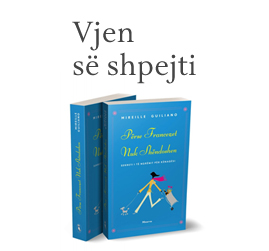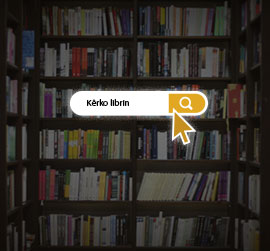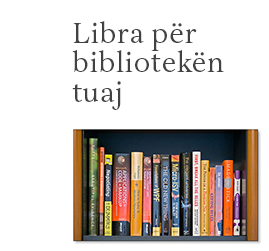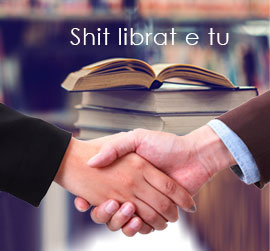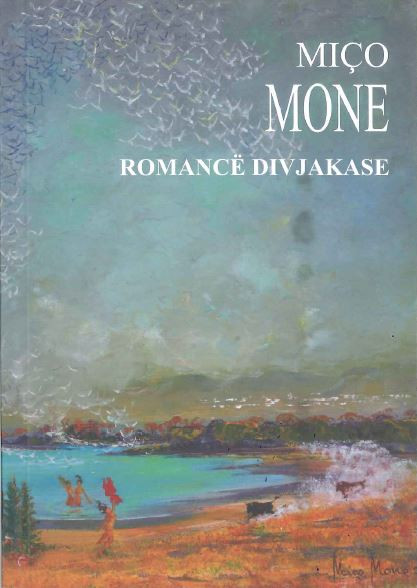
Mico Mone
Bibliography
I was born on the 7 of November 1953, during the largest water crisis of the XXth century. I was only two when the first rain began to fall, and I started searching for puddles, and I played with the clay produced by the rain. Maybe from there I began my adventure with clay. When I was six, I remember that my kindergarten teacher, in springtime, used to take us in a meadow of blooming chamomile. Once her boyfriend was with her, so she told us to make something with clay, and they got lost into the middle of the yellow golden wheat.
We were curious, and we moved noiselessly on all four, until we got close to them, in order to see what they were doing. Then we came back to our places, and I decided to represent what I had just seen. When they came back, the teacher started checking our works, and when she came close to me, she saw the little sculpture I had done and hit me with a cane that she always carried in her hand, while my classmates were laughing. This episode represents a sort of passage, and Sculpture changed into some- thing more serious.
My country is in the middle of a lagoon and the sea, surrounded by ancient woods and two rivers from which it takes its name: Divjaka. Its beauty produced my interest for painting. During school years, painting and carving were just a source of pride, but when I started the high school they became a serious target, and thank to them I began to feel the taste of success.
The first unofficial exhibitions started in that period, my classmates and teachers used to show some portraits of them I had made. In exchange for their critical opinions I used to give to each one his portrait, and in the last years of high school I started painting oil on canvas and making some stone sculptures. I made the best works after I finished high school, when I worked as a set designer for theater and advertising. In December 1979 my first official exhibition was opened. That exhibition was judged by professional critics in several major newspapers and it had a strong influence on my future decisions. I had different ambitions, so I started preparing myself seriously for the national con- test for the State Academy of Fine Arts in Tirana. I attended twice, and I did not win, although those who watched my work, the owners and professors of the academy were really interested in it. Being rejected did not disappoint me, and I prepared myself even more to reach my goals. I enrolled at the university in a course of biochemistry but at that time painting and sculpture took over any other interest. I worked both in painting and sculpture, and I took part in regional and national exhibitions. I had success, and that allowed me to have a workshop paid by the government.
In 1989 I made my second personal exhibition in different cities and art galleries, it was presented in the newspaper and on national television. Art critics and personalities, such as Dritero Agolli, Naum Prifti, Gago Bushaka and others, praised the quality and originality of my work of art. In the mid 1980s, I worked as a professor of Biochemistry and Art in various schools. In 1991 I lost my studio because of the violence and disorder in Albanian society. For economy and other problems, in 1994 I left my country, and came to Italy. But in the beginning it wasn't easy, I was not satisfied: I used to sell my paintings at a very low price, I created sculptures that arrived at their destination with another name.
At the first opportunity I participated in a group exhibition in Corato (Bari). After a while I took part in another exhibition in Rome and the result was satisfactory. In 1998 I moved to Verona and I started working in the wonderful field of marble, and I began to work for an exhibition. In 2009 I joined the SBAV (Society of Fine Arts of Verona), and in recent years I have participated in collective exhibitions, in Italy and abroad. I brought something new in each one and this has allowed me to prepare three solo exhibitions scheduled this year: an exhibition with more than seventy monumental marble sculptures; another exhibition of pottery, with thirty sculptures; another one with more than one hundred oil paintings on canvas. For next year I am preparing an exhibition with more than thirty bronze sculptures.
Miço Mone
Lista e librave të autorit 
Mico Mone – scultura, pittura
Duke perdorur të gjitha instrumentet, ngjyrën, baltën, mermerin, bronzin, Miço Mone kerkon dhe heton universin e pasioneve, të dashurisë, të frikës, të dëshirës e të shpresës. Legendat, perrallat antike dhe këto të perhershme janë ritmi i krijimtarisë, sepse për krijimtari bëhet fjale. Mone do të tregojë takimin e të perditëshmes me jetén dhe e bën me...
2 400 LekëIn Stock

 Cart
Cart